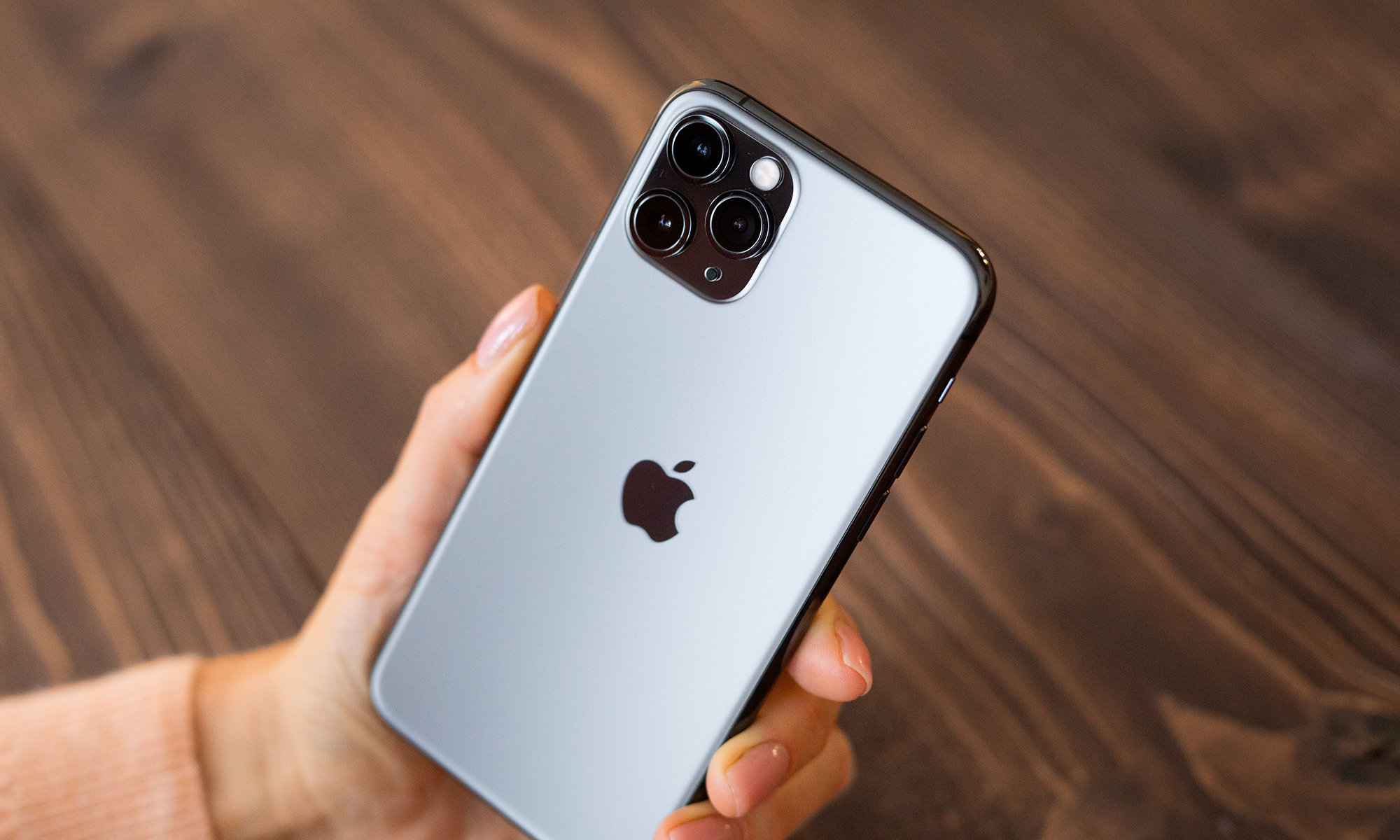There's a common misconception among investors that Intel (INTC +0.64%) is in the business of selling big, hot, and expensive chips. While the upper echelon of the notebook and the desktop markets can certainly demand expensive, high-performance chips, the vast majority of the PC market -- at least among consumers -- calls for fairly modestly priced processors. To get a sense of how much Intel charges its customer per platform, let's dig a bit into Apple's (AAPL +0.13%) and Intel's recent quarterly results.
Getting some cold, hard numbers
Intel is a supplier of processors for Apple's Mac lineup, which includes everything from the MacBook Pro/Air notebooks and the iMac, Mac Pro, and Mac Mini desktop systems. In its most recent quarter, Apple sold 4.136 million Macs. What's interesting is that a lot of folks think that Intel charges Apple a small fortune for the chips in its Macs. Indeed, if you go by some of the list prices of the chips found in Macs, you'd think Apple's average price was over $200 per chip!
In fact, given that the lowest platform that Apple uses from Intel is the Core i5, you can see why some investors may actually get that impression. On Intel's ARK (this is a database of all of Intel's currently available chips with specifications and suggested pricing in lots of 1,000), you can see how much the chips found in, say, the MacBook Air go for:

Intel's chip prices. Source: Intel.
The cheapest low power, Haswell-based i5 is listed for $281 while the most expensive low-power i7 goes for a whopping $426. Let's call the blended ASP of Apple's potential mix about $350 based on these numbers. If that were the case, then Apple would have contributed about $1.45 billion in sales to Intel. In the most recent quarter, Intel did $12.8 billion in total sales.
So does Intel collapse if Apple ditches Intel's chips in the Mac?
Apple wasn't a 10% customer of Intel's during 2013 or 2012, so there's no way that Intel is charging Apple anywhere near as much as the "official" price list suggests. Now, while Apple is an important customer -- particularly from a strategic perspective -- it is not all that large a volume driver for Intel and probably not that big of a revenue driver for Intel.

Apple's MacBook Pro with Retina Display continues to be powered by Intel. Source: Apple.
The upper bound for Apple's contribution to Intel's revenue in the quarter is $1.28 billion across those 4.14 million Macs (to not register as a 10% customer), suggesting an upper bound of $309 average per platform, although even this seems quite excessive given that Intel's average PC Client Group selling price seems to be more in the $110-$120 range.
If all of this business were to simply go poof as a result of Apple replacing all Macs with Apple-designed A-chips, the revenue impact would be at most $5.27 billion (the 10% mark). Realistically, Apple would not replace the iMac, MacBook Pro, or Mac Pro with internally designed chips, leaving only the MacBook Air as a potential (albeit unlikely). Even then, unless Apple could provide more performance than Intel does with its Ultrabook products (and this is highly unlikely), such a move would cripple Apple's systems relative to their commodity Windows PC cousins.
Foolish bottom line
Whenever you see an analyst report claiming that Apple could benefit greatly from ditching Intel in the Mac, take it with a grain of salt. In addition to the fact that Apple's chips -- formidable as they are for phones and tablets -- aren't anywhere near the performance of a Core i5 or i7 today, Apple would need to transition all Mac software to the ARM Architecture, upon which all of Apple's CPU cores are based This is not impossible (and if it were to happen, it would be a massive PR win for ARM), but it would be painful and expensive to do. So, unless Apple could see a huge benefit from doing so, it's not likely to happen.







